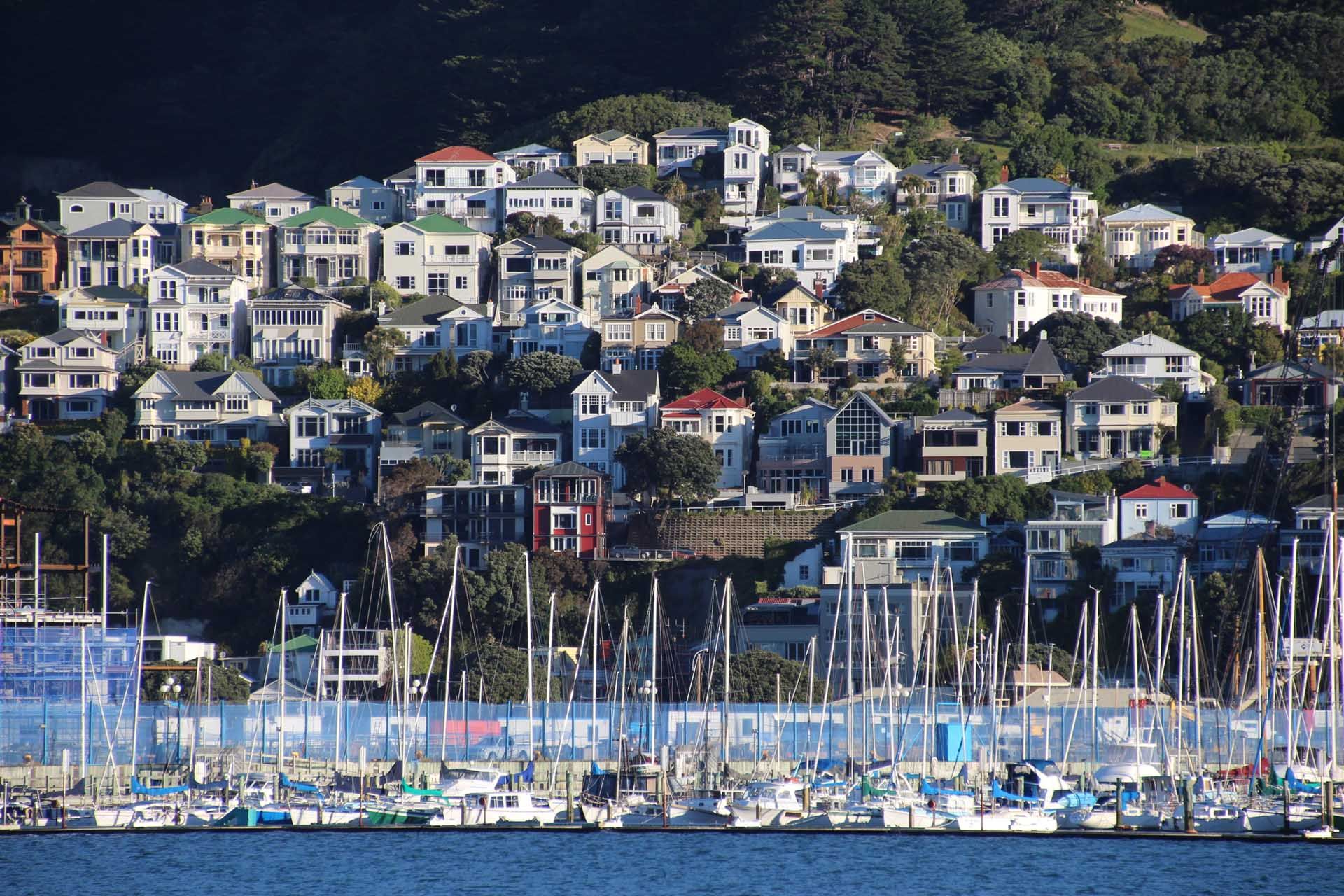7. Book ahead in high season
Campsites, B&Bs, hotels and hostels get super busy from December to March, when it can feel like all of New Zealand is on holiday.
Don’t forget that towns and cities such as Queenstown, Wanaka and Christchurch are gateways to nearby ski resorts and have another high season from July to September – particularly at weekends.
The same goes for organized outdoor activities, which can be booked solid in peak season. If you’ve got limited time, book ahead.
8. Get covered
Getting decent travel insurance for a trip to New Zealand is essential. The country is one big outdoor playground and you might find yourself being more adventurous than you imagine back home.
While thrill-seekers are probably aware that bungee jumping from Kawarau Bridge, sky diving over Lake Taupo and whitewater rafting on the Shotover aren’t covered by standard policies, travellers often don’t realise that other “hazardous activities” could include trekking, canoeing and sailing.
Check the small print and compare individual policies carefully – it’s worth printing out the exclusions to keep with you on your trip.










